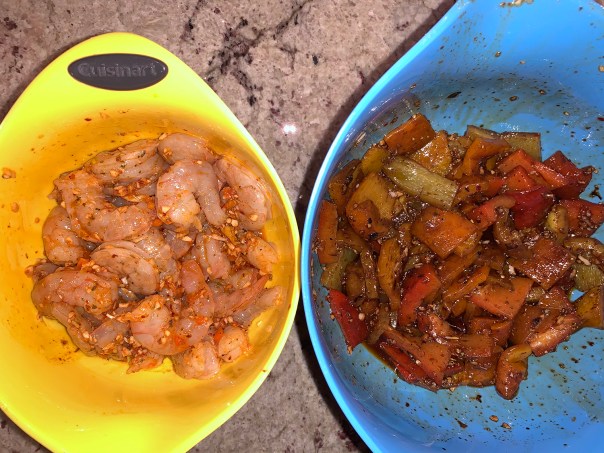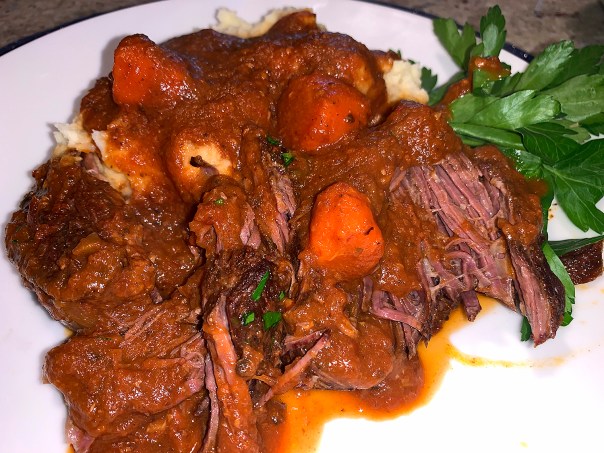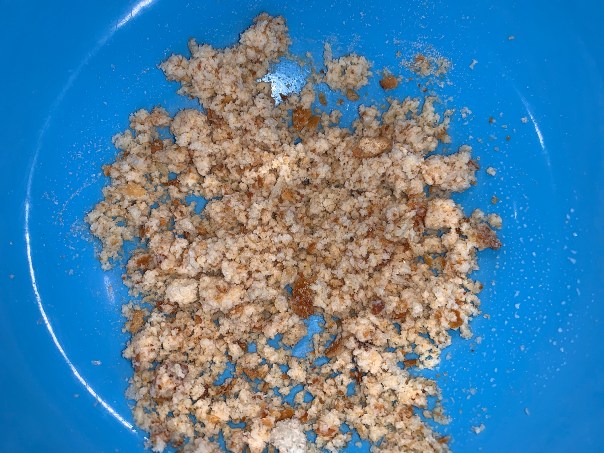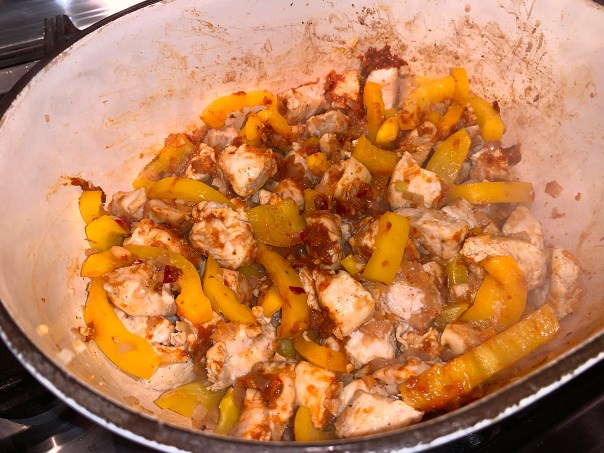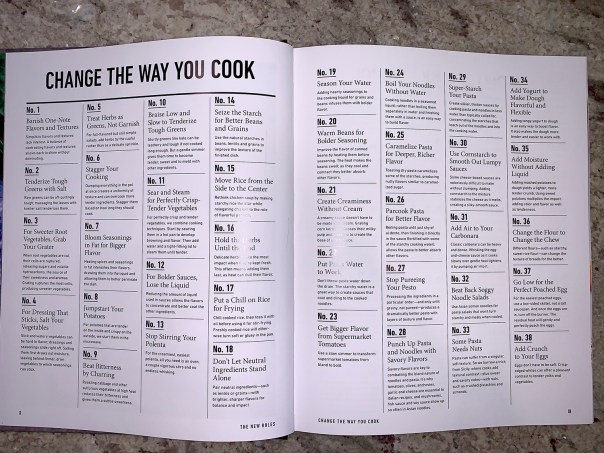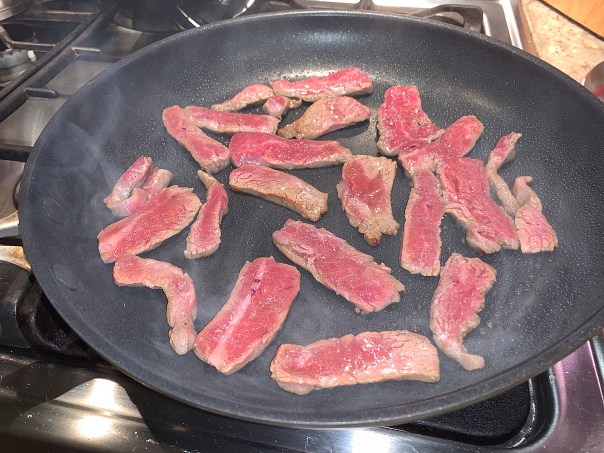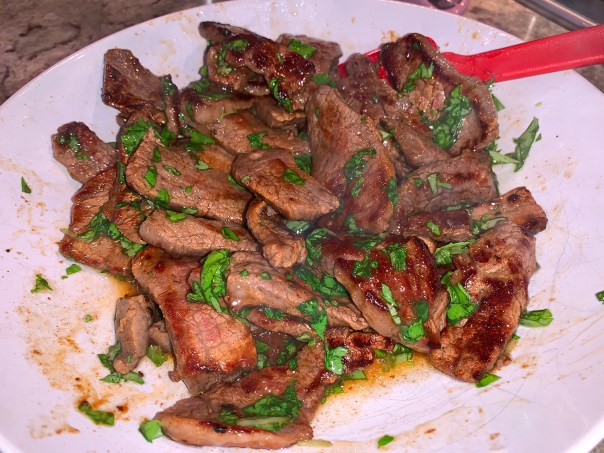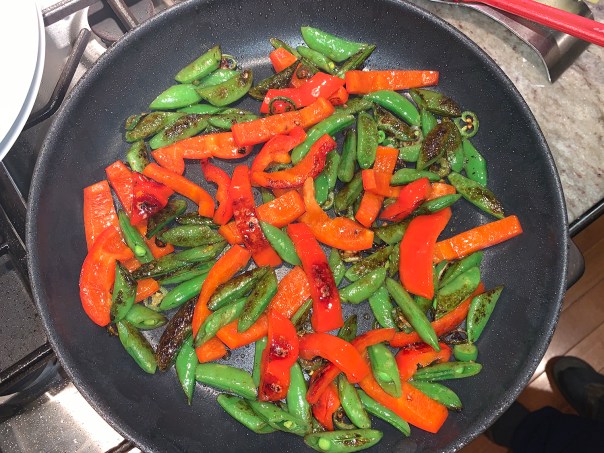These next two recipes from cookbook “The New Rules” by Milk Street (MS) were a mixed blessing. I chose them for a Meatless Monday meal, and because they both contained mustard seed, I thought it would bring them together. Not so much. And to their credit, MS did not intend for the both of them to be paired with each other.
Each in their own right were very good (although The Hubs thought the red onion mixture could’ve been less vinegary—at first). But to be honest, the flavor profiles were so very different, they didn’t really belong on the same plate. The Sweet-and-Sour Swordfish with its pickled red onions had a German bent; while the South Indian Sautéed Spinach was just as the name implies, Indian-influenced.
For a future combination, I might pair the sautéed spinach side with an entrée of Tandoori or Butter Chicken; and the fish with a simple rice or potato dish, or even sautéed greens without all of the additional spices that compete with the vinegary onions.
BTW, we had the leftover pickled red onions a day later as a replacement for onions in Sautéed Sausages with Grapes and Balsamic Glazed Onions, a recipe I posted back in 2016. Believe it or not, they had mellowed and sweetened making a perfect accompaniment to this dish. Read on and make up your own mind…

Sweet-and-Sour Swordfish

Rule No. 48: Keep Seafood Tender by Saving Acids for the End
Based on Italian agrodolce—the pairing of sweet and sour—the sugar and vinegar-seasoned red onions in this dish add punch to mild and meaty swordfish. MS also borrowed from Spanish escabeche and instructs us to marinate the fish after cooking so the steaks really absorb the flavors.
The fish should be served barely warm or at room temperature, a fact I wasn’t really comfortable about. But it was surprisingly good at that temperature. It can also be prepared ahead, refrigerated up to overnight and served chilled, if you prefer.
Nearly all fish and shellfish contain traces of mercury. And while swordfish has plenty of nutritional advantages, pregnant and nursing women should avoid eating swordfish because it can be higher in mercury than most commonly eaten fish such as shrimp, canned light tuna, salmon, pollock, and catfish.
Our swordfish was just under 1-pound since there was just the two of us, although I kept the amounts of the other ingredients the same. And indeed, there was leftover pickled onions which we incorporated with a sweet sausage and grapes meal the next day while eliminating that recipe’s balsamic onions.
NOTE: Don’t use a metal baking pan for marinating the fish, as metal may react with the acidity of the marinade and leave the dish with an off metallic taste. And don’t slice the fish until ready to serve. If sliced before marinating, the acid will cause the fish to turn an unappealing grey color.
Sweet-andSour Swordfish
Ingredients
- 2 12-oz. skinless swordfish steaks (each about 1 inch thick), patted dry
- Kosher salt and ground black pepper
- 2 Tbsp. grapeseed or other neutral oil, divided
- 3 medium red onions, halved and thinly sliced
- 2 Bay leaves
- 1 cup plus 1 tablespoon white wine vinegar, divided
- ¼ cup white sugar
- 3 Tbsp. yellow mustard seeds
Directions
- Season the fish on all sides with salt and pepper.

- In a 12-inch nonstick skillet over medium-high, heat 1 tablespoon of oil until barely smoking. Add the fish and cook without disturbing until well browned, 5 to 7 minutes.
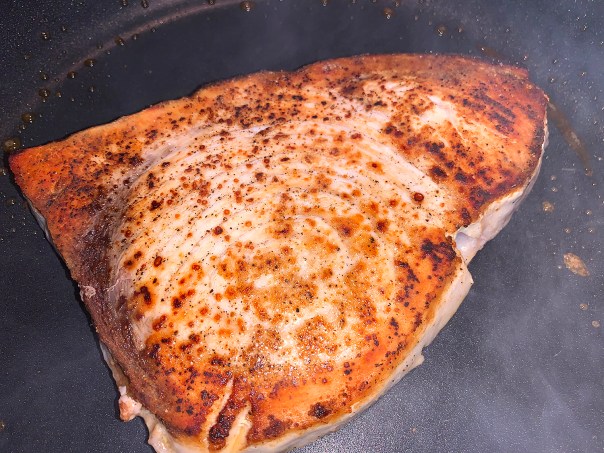
- Flip, reduce to medium and continue to cook until the fish is opaque throughout and the centers reach about 130°F, about another 5 minutes. Transfer to a small glass or ceramic baking dish and set aside; wipe out the pan.

- In the same pan over medium, heat the remaining 1 tablespoon oil until shimmering. Add the onions, bay and ½ teaspoon salt. Cook, stirring occasionally, until the onions are very soft, 5 to 7 minutes.

- Stir in 1 cup of vinegar, the sugar and the mustard seeds. Bring to a simmer and cook, stirring occasionally, until the liquid has thickened to a light syrup consistency, 5 to 7 minutes.

- Off heat, stir in the remaining 1 tablespoon vinegar.
- Immediately pour the onion mixture over the fish. Marinate for about 30 minutes at room temperature or cover and refrigerate up to overnight.

- To serve, remove the fish from the marinade, then slice each piece and transfer to a platter.

- Discard the bay from the marinade and spoon the onions and liquid around and over the fish.
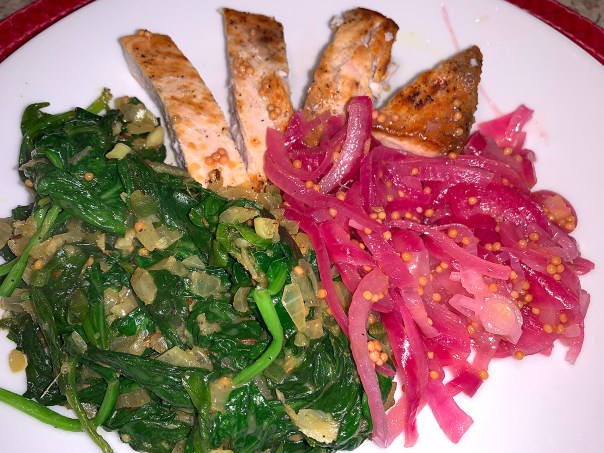
http://www.lynnandruss.com
South Indian Sautéed Spinach
Rule No. 7: Bloom Seasonings in Fat for Bigger Flavor
This simple spinach sauté, inspired by a dish called palakura vepudu, is quick to make and has a wonderfully rich aroma and flavor. The secret is infusing the dish with a tarka—spices toasted in butter to bloom their flavors and fragrances. Cumin seeds and mustard seeds are used as the flavor foundation for the dish; alliums and other aromatics are cooked briefly in the tarka to soften their bite.
NOTE: Don’t use baby spinach for this dish, as the leaves quickly turn soggy and limp. Mature spinach is sturdier and more flavorful. Look for bunches with large, dark green leaves and snappy stems.
South Indian Sautéed Spinach
Ingredients
- 4 Tbsp. (½ stick) salted butter, cut into 4 pieces
- 1 tsp. cumin seeds
- 1 tsp. yellow mustard seeds
- 4 medium garlic cloves, chopped
- 1 jalapeño chili, stemmed and minced
- 1 Tbsp. finely grated fresh ginger
- 1 medium yellow onion, finely chopped
- 1½ tsp. curry powder
- Kosher salt and ground black pepper
- 1½ lbs. bunch spinach, trimmed of bottom 1½ inches, roughly chopped
Directions
- In a large Dutch oven over medium, melt the butter. Add the cumin and mustard seeds, then toast, stirring often, until fragrant and sizzling, 45 to 90 seconds.

- Add the garlic, jalapeño, ginger, onion, curry powder, 1 teaspoon salt and ½ teaspoon pepper, then cook, stirring occasionally, until the onion is softened, 3 to 5 minutes.

- Add the spinach (which I left whole), turning to coat with the butter. Cover and cook until the stems are tender, about 4 minutes, stirring once about halfway through.

- Remove from the heat, then taste and season with salt and pepper.
http://www.lynnandruss.com

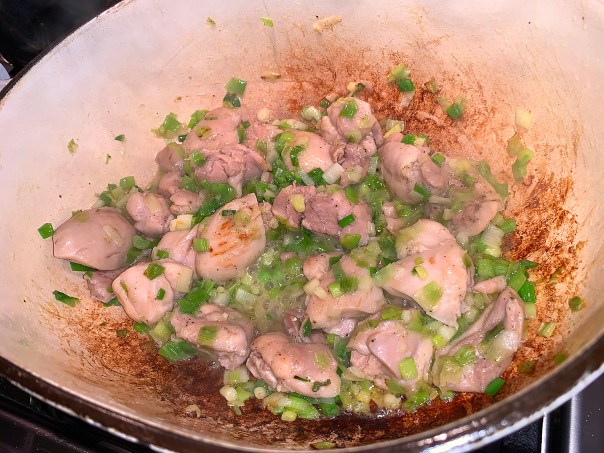

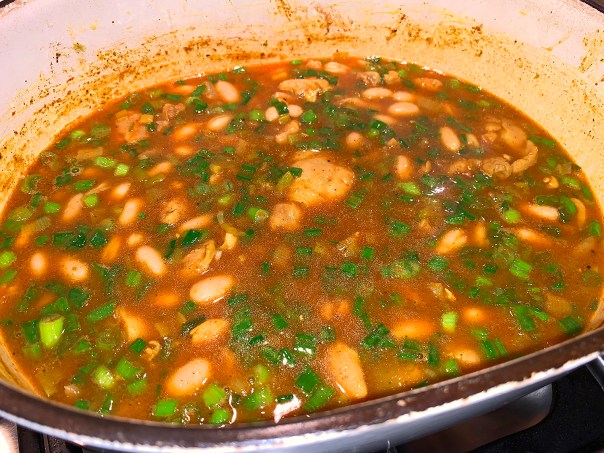







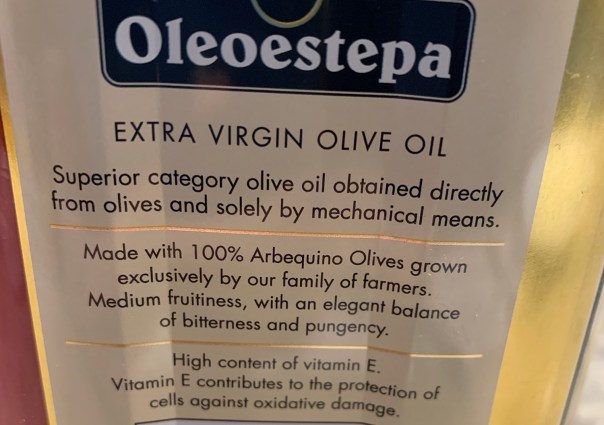















 We served our potatoes with pan seared lamb loin chops and sautéed broccolini.
We served our potatoes with pan seared lamb loin chops and sautéed broccolini.

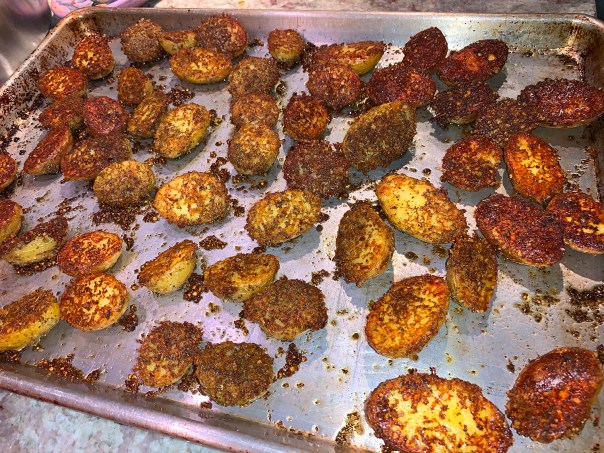



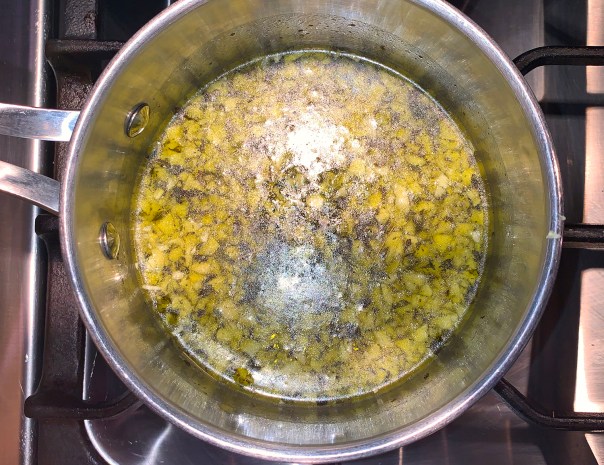

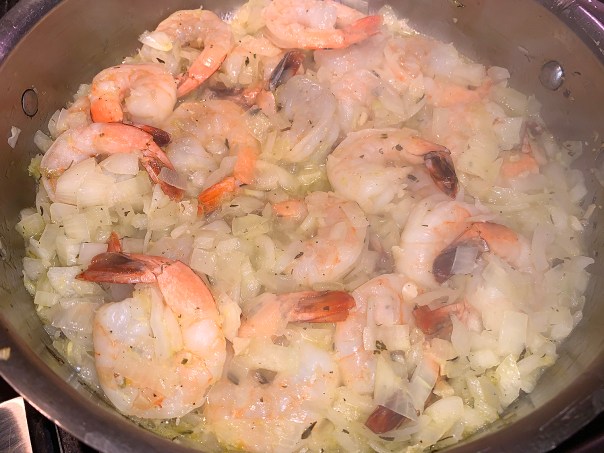

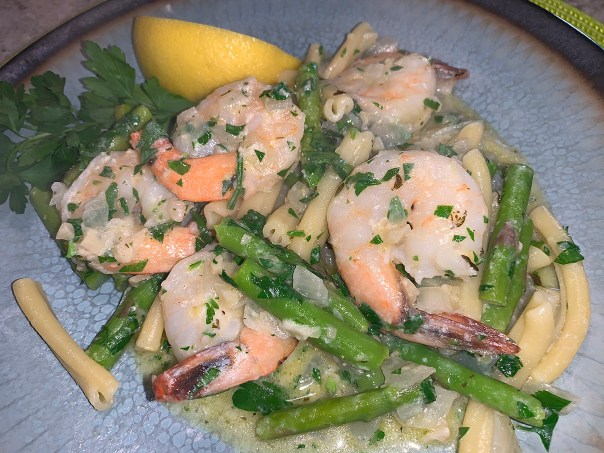

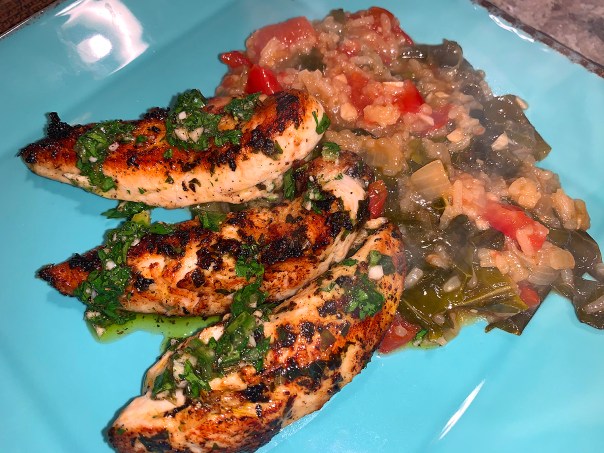






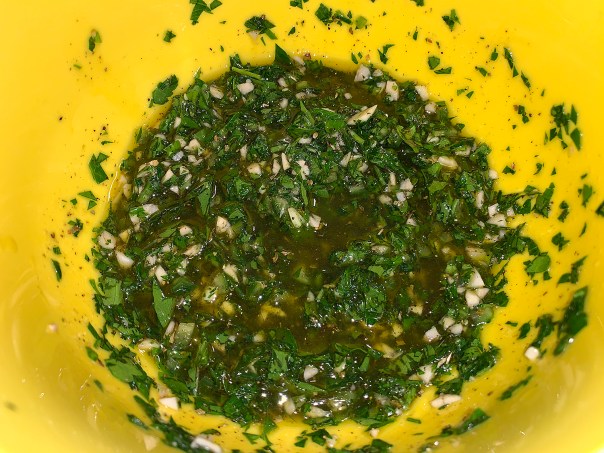









 We completed our meal with a side of twice baked potatoes.
We completed our meal with a side of twice baked potatoes.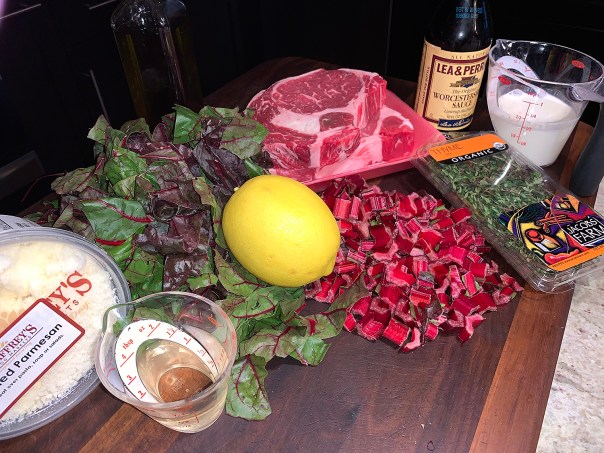


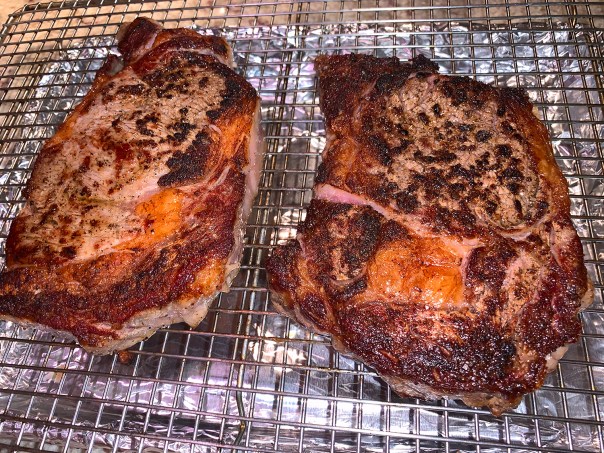

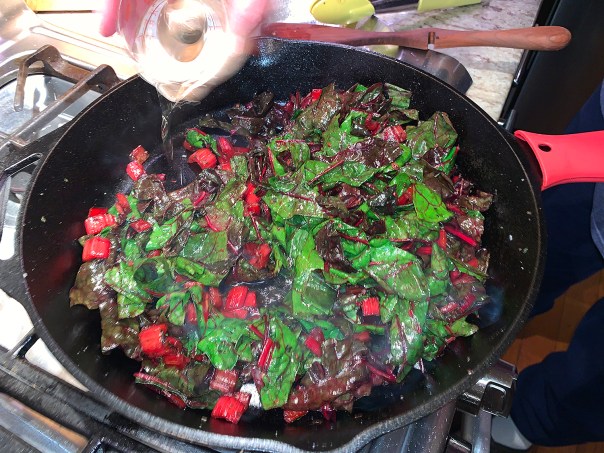
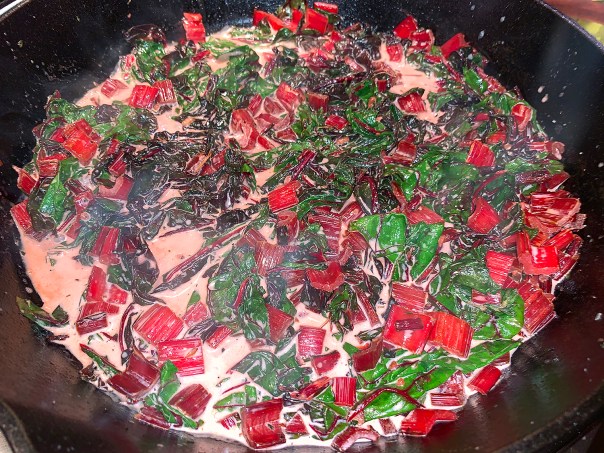





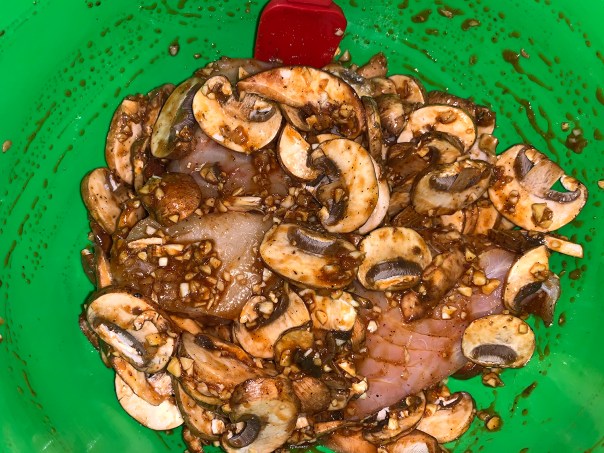




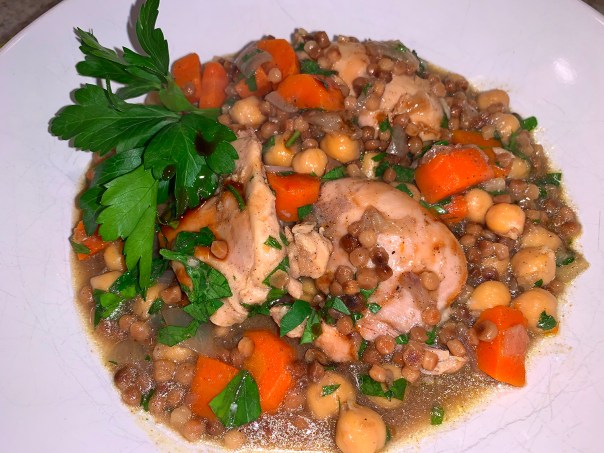


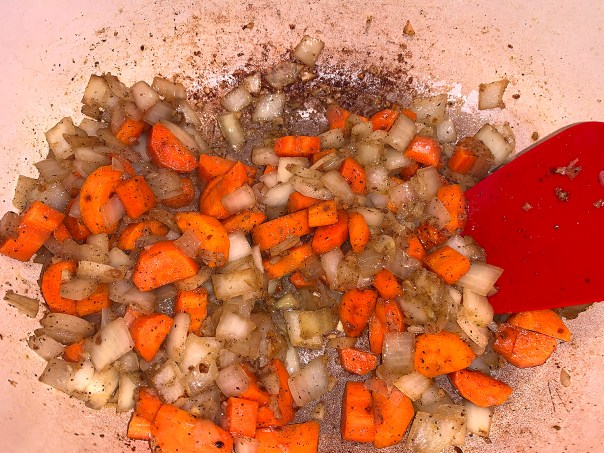


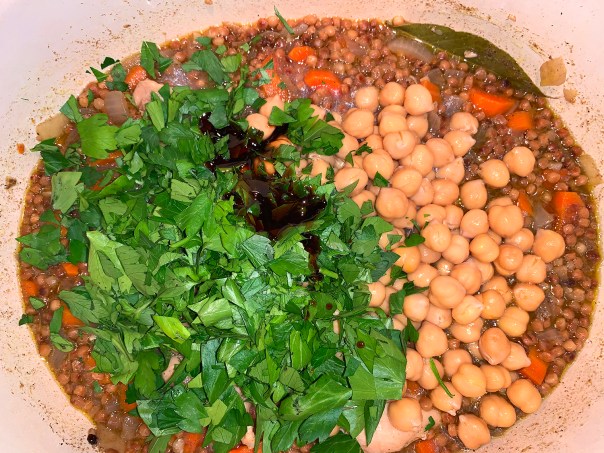
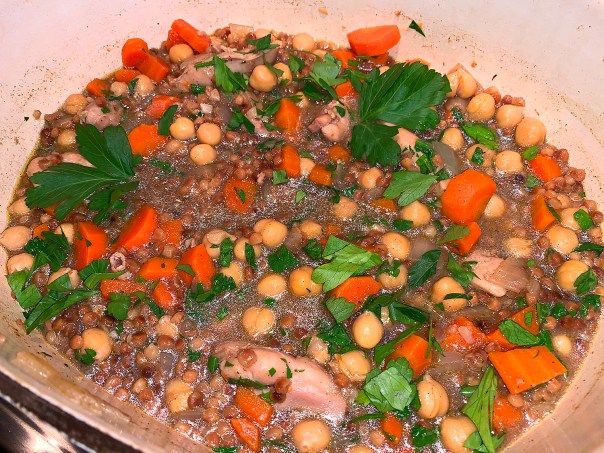





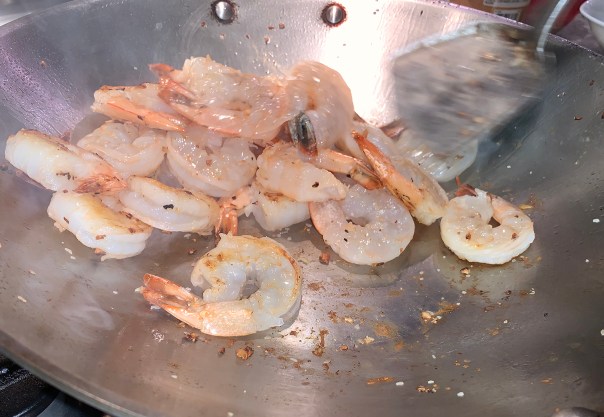






 I make mine right on top of a gas burner, making sure to char all over, including the tops and bottoms. Seal them in a plastic bag for 15-20 minutes which will help in removing the burnt skin. Keep in mind, if you have to char your own peppers, it will add to the total time. You can always do this a day ahead.
I make mine right on top of a gas burner, making sure to char all over, including the tops and bottoms. Seal them in a plastic bag for 15-20 minutes which will help in removing the burnt skin. Keep in mind, if you have to char your own peppers, it will add to the total time. You can always do this a day ahead.



